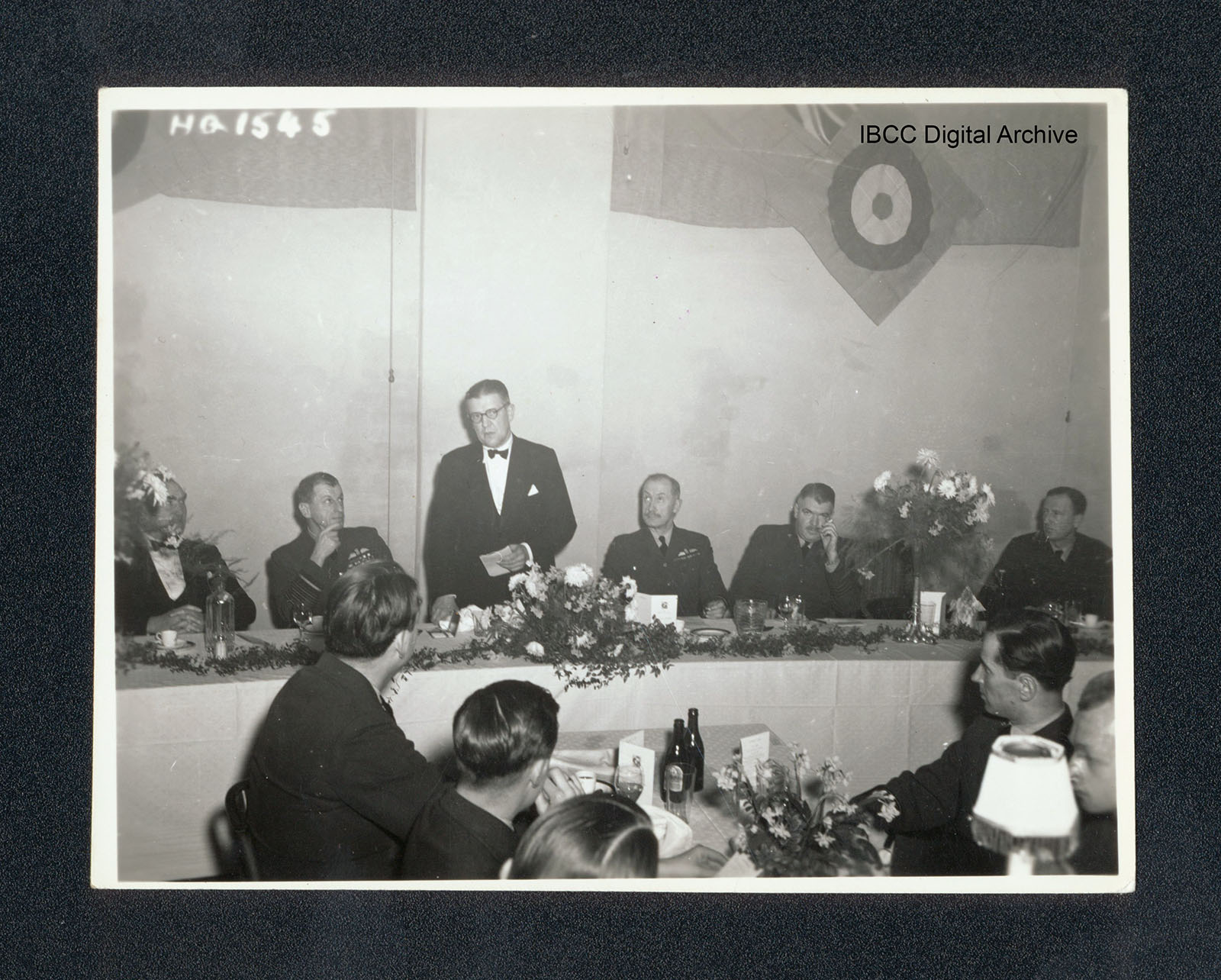During the lead up to the WW2 it was realised that aerial activity was going to take a much more prominent role than previously seen. Studies of the Spanish Civil War revealed that aerial conflict led to an increase in burn injuries and a subsequent increase in the need for treatment facilities to deal with the casualties. The Emergency Medical Service was developed in order to cope with this anticipated demand. One of their centres was established at the Queen Victoria Cottage Hospital under the leadership of the New Zealand plastic surgeon, Archibald McIndoe.
Archibald was made CBE in 1944 and then Knighted in 1947, in recognition of his pioneering work in the treatment of deep burn injuries and reconstructive surgery. During the early years of the war, victims of burns from RAF aircrews were taken to his hospital located in East Grinstead which was soon to become world famous. They challenged the existing perception that disabilities were life-limiting and went on to mentor the patients in order to move back into general society with a rebuilt mental attitude to match their renewed physical state.
Patients would socialise together at the hospital during their ongoing treatment and convalescence and, on 20th July 1941, their conversation turned to the idea of setting up a club. As they were, in effect, guinea pigs in the developing techniques of plastic surgery, it was decided that “The Guinea Pig Club” would be an appropriate name.
The Guinea Pig Club was set up as a result of this conversation and developed to include three types of membership:
- The Guinea Pig. These members consisted of Allied Air Force aircrew members of WWII who had undergone at least two operations, at the hospital, for their injuries.
- Honorary Member. These consisted of Surgeons, Doctors, and Scientists involved in the development and implementation of the techniques of treatment.
- Club Benefactors. These members became known as “Friends of the Guinea Pig Club”.
Mr. McIndoe was installed as the President of this new club but other committee members were drawn from the patients themselves. It is testament to their approach to their injuries and recovery that allowance was made to their committee duties to reflect their abilities. For example, the Secretary was excused excessive letter writing due to his badly burned fingers and a member with burned legs was selected as Treasurer as this would prevent him from “doing a runner” with the Club Funds.
Although the original Club was primarily a drinking club to be disbanded at the end of the war, it went from strength to strength, was well supported, and had a membership of 649 Guinea Pigs by the end of the war so it was decided to keep the Club in existence. The membership at this time was predominately British at approximately 62% with 20% Canadians, 6% Australians, 6% New Zealanders and 6% from other countries.
This membership started out with pilots of fighter aircraft but as time went on this changed to more bomber crew members and the injuries went from hands and faces to include more widespread areas of the body.
Reunions were arranged and attended by members. These reunions used to be on an annual basis in East Grinstead and also for other occasions. These would be attended by members from all over the world. The aim of the Club, nearly 80 years after formation, is to ensure that the Guinea Pigs or their widows are taken care of if they are in need of financial assistance and if medical advice is required. A newsletter was also published annually in order to maintain communication between members.
Sadly, Sir Archibald McIndoe passed away in 1960 and from that time H.R.H. Prince Philip, Duke of Edinburgh took over as the President of the Club. In their 60th anniversary year, 2001, members agreed to continue holding their annual gatherings at East Grinstead until the membership fell to only 50 members. In reality, the last reunion took place in 2007 which attracted over 60 attendees and as a result of the advancing age and increasing frailty of the membership it was decided to wind down the reunions.
As the years have passed, the surviving original members have dwindled to just a handful, some of which have been interviewed for the IBCC Digital Archive.
To access the Archive, please follow this link, https://internationalbcc.co.uk/history-archive/digital-archive/ where you will be able to search for interviews with Jan Black, Desmond O’Connell, William Holmes, and Sandy Saunders and others.
Post WW2, new generations of burns victims, who were injured in the Falklands, Iraq, and Afghanistan conflicts etc. have all been treated using techniques developed by Sir Archibald McIndoe and his pioneering team.
